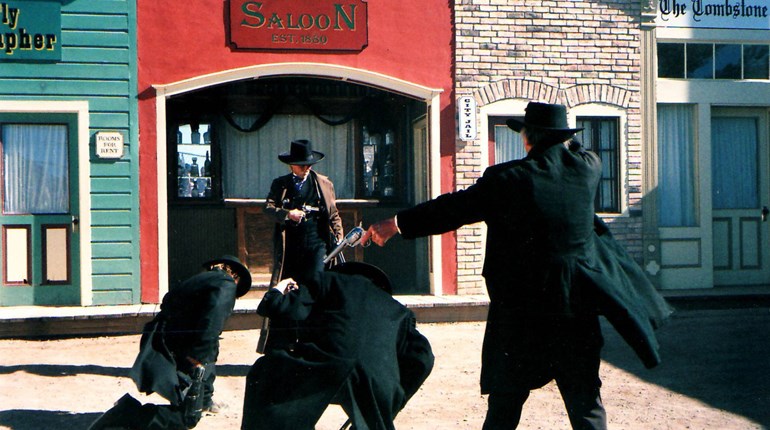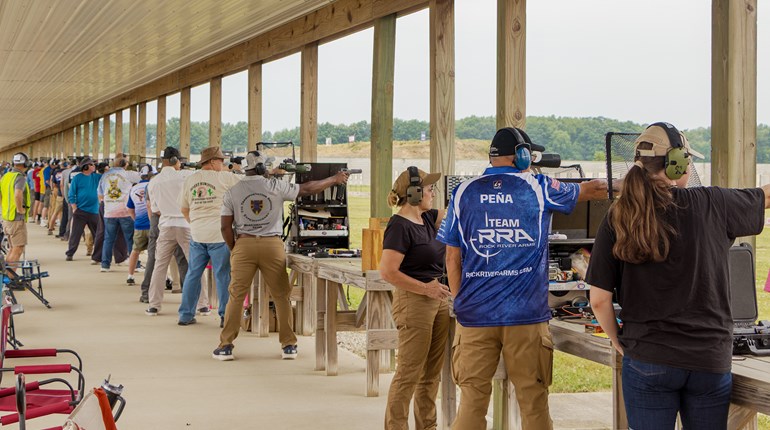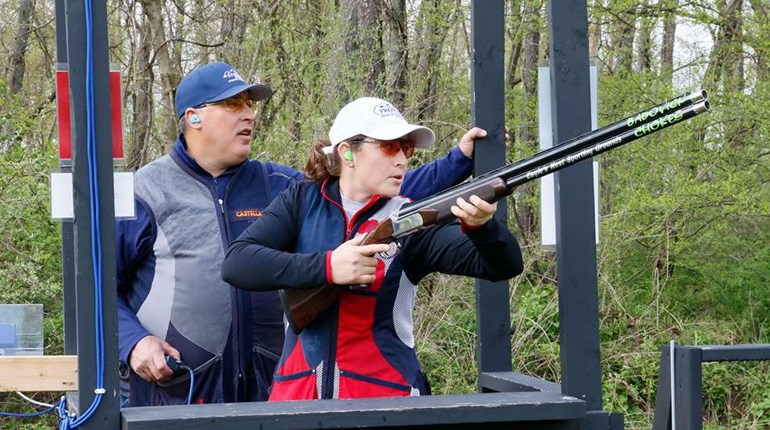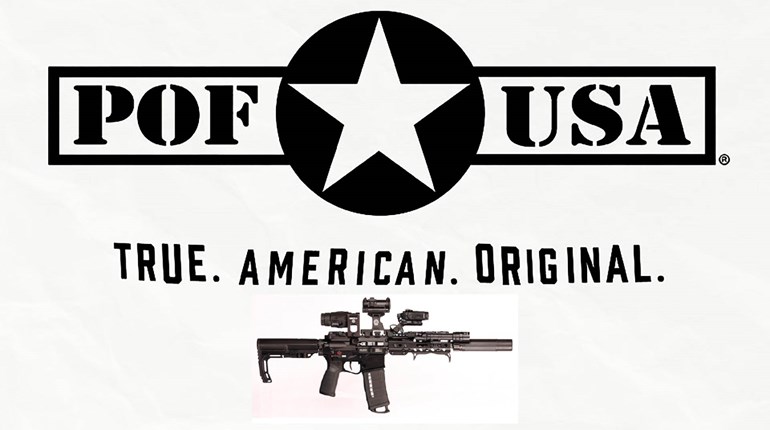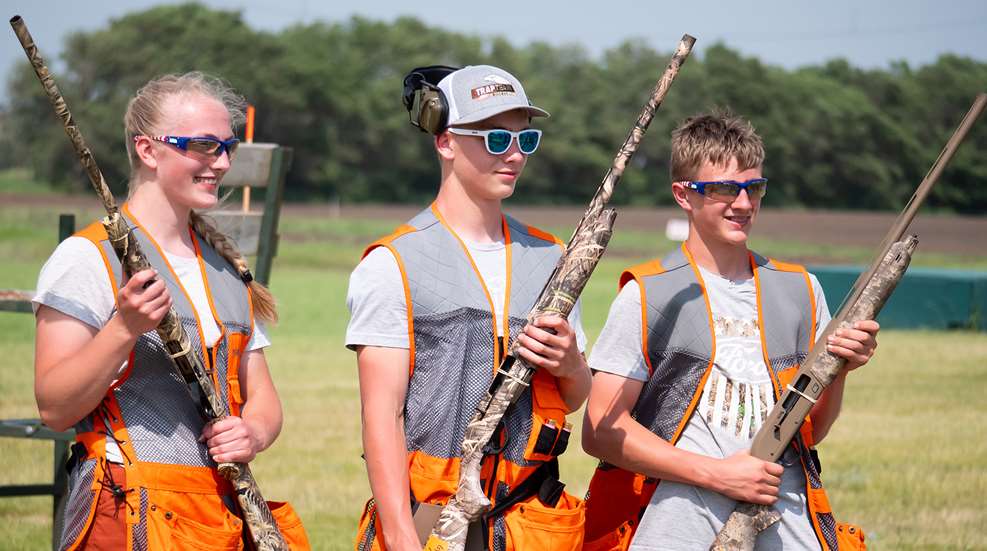
If you are relatively new to shotgun shooting, you may feel a bit overwhelmed or confused by all the terms that more advanced scatter-gunners throw around. No worries, NRA Family is here to help. Below are eight basic questions and answers about shotguns, their ammunition and shotgun shooting in general. But be forewarned: shotgunning can be addictive! Once you see those clay targets start breaking and game birds tumbling from the sky, we know you’ll want to pull the trigger even more.
1. What does shotgun gauge mean?
Shotguns are named by gauge, which is the measurement of the diameter of the inside of a shotgun barrel. Here’s how it works. If you had a single lead ball that had the same exact diameter as a 12-gauge shotgun barrel, it would take 12 of those lead balls to weigh one pound. Correspondingly, if you had a single lead ball that had the same exact diameter as a 20-gauge shotgun barrel, if would take 20 of those lead balls to weigh one pound. And so forth with the other shotgun gauges: 10 gauge, 16 gauge and 28 gauge.
The only exception is the .410 shotgun which is named by caliber, like rifles. If a .410 shotgun were named by gauge, it would be about a 67 gauge. The thing to remember is that the lower the gauge number, the larger the shell the shotgun shoots. For instance, a 12-gauge shotgun fires larger shells than a 20-gauge shotgun.
2. When purchasing a shotgun, what are the various actions I have to choose from?
The action of any firearm is that part of the gun that loads and unloads it. There are five firearm actions: hinge or break, pump, semiautomatic, lever and bolt. Of those five, only the first three actions commonly pertain to shotguns. The last two—lever and bolt actions—have mainly been relegated to rifles (with a few standout exceptions).
That said, the three remaining actions have both pros and cons. Hinge- or break-action shotguns can have either one or two barrels. A second barrel gives you the advantage of a quick follow-up shot, as well as allowing the use of two different chokes—a term we’ll discuss in the next question. Semiautomatic shotgun actions are known for producing less felt recoil. Pump-action shotguns are usually priced a little lower than shotguns than either of the other two actions.
3. What is shotgun choke and why is it important?
Choke is the very slight constriction built into the last few inches of the muzzle of a shotgun barrel that controls the spread of the shot as it leaves the barrel. There are four basic chokes: skeet, improved cylinder, modified and full. Skeet and improved cylinder are considered more “open” chokes, as they allow the shot to spread more quickly as it flies downrange. Modified and full chokes are considered more “closed” chokes, as they hold the shot together longer.
Both open and closed chokes have their applications in shotgunning. For instance, if shooting at targets that are relatively close, such as clays, then use a more open choke. If shooting targets farther away, such as when hunting waterfowl, use a more closed choke.
4. What’s the difference between a “target” shotgun and a “hunting” shotgun?
These are two general types of shotguns, but there is some overlap. Target shotguns are usually slightly longer and slightly heavier than hunting shotguns. In essence, you shoot target shotguns more and carry them less; whereas with hunting shotguns, you shoot them less and carry them more.
For example, years ago when I wanted to get more serious about clay target shooting, I purchased a new Winchester SX3 Sporting 12-gauge target shotgun that measures 51 inches in length and weighs just over 7 pounds. I take it to clay target ranges, but seldom carry it into the hunting field because of its weight and length. Instead, I bird hunt with a sweet little 20-gauge, double-barreled (O/U) Browning Citori Superlight shotgun that weighs just 6 pounds and measures 43 inches long. Before buying your first shotgun, give some serious thought as to how you’ll primarily be using it, for shooting clays or hunting? If both, then purchase a shotgun that would be a compromise between the two.
5. What is shot and why are there different sizes?
Shot is simply the round pellets that are loaded into a shotgun shell and fired from a shotgun. Shot ranges from the largest, size 00, where only nine pellets are loaded per shell, to size 9, where more than 100 pellets are loaded per shell. The smaller pellet sizes—7.5, 8 or 9—are used to hunt small upland birds (doves and quail), or shoot clay targets. Pellet sizes BB, 2, 4, 5 or 6 are used for waterfowl hunting. Buckshot, ranging in size from 4 to 00, is used for deer or predator hunting (where legal).
6. I’ve heard a lot about shotgun “fit.” What does that mean?
If a shotgun is either too short or too long for your body’s build, it will be uncomfortable to shoot and you’ll probably not break many targets or hit many game birds. That’s why proper shotgun fit is so important. Fit involves matching a particular shotgun to a particular shooter. Most shotguns sold in the US are made for the average shooter, a male standing about 5’ 9” tall and weighing about 160 pounds. If that’s you, congratulations, most shotguns on a gun store’s gunrack will probably fit you well. However, if you are not a male or not near those measurements, most standard shotguns will probably not fit you well. That’s when having a shotgun professionally fitted is essential.
7. What do all those numbers printed on the top of a box of shotgun shells stand for?
You’ll usually see four numbers on the top of a box of shotgun shells, and the first one listed is the most important—gauge. It’s imperative that you match the correct gauge of ammunition to the gauge of your shotgun. If you don’t, very bad things can happen. For instance, a 20-gauge shotgun shell, if accidentally loaded into a 12-gauge shotgun, will slide down the barrel past the firing chamber and lodge. If a 12-gauge shell is then loaded behind the 20-gauge shell, the gun will explode when you pull the trigger!
The other three numbers printed on the box are: dram equivalent, ounces of shot per shell and shot size. Dram equivalent is a holdover from the days when shotgun shells were loaded with black powder. Today, modern shells are loaded with smokeless powder, which is more powerful. The thing to remember is that the higher dram equivalent per shell, the more recoil you will experience. So, a 2¾-dram equivalent in a 12-gauge target load will produce less recoil than a 3-dram equivalent in a hunting load.
8. What are the main shotgun sports and how do they differ?
There are three main shotgun games: skeet, trap and sporting clays. In skeet shooting, the clay targets (both single and double targets) fly primarily left to right or right to left, depending upon which of the eight shooting stations you’re shooting from. In trap shooting, single targets always fly away from the shooter at all of the five shooting stations. In sporting clays, a game that most closely resembles hunting situations, single or double targets can fly in any direction from the shooter. All three games are fun, so pick your poison and get started in the shotgun sports!













